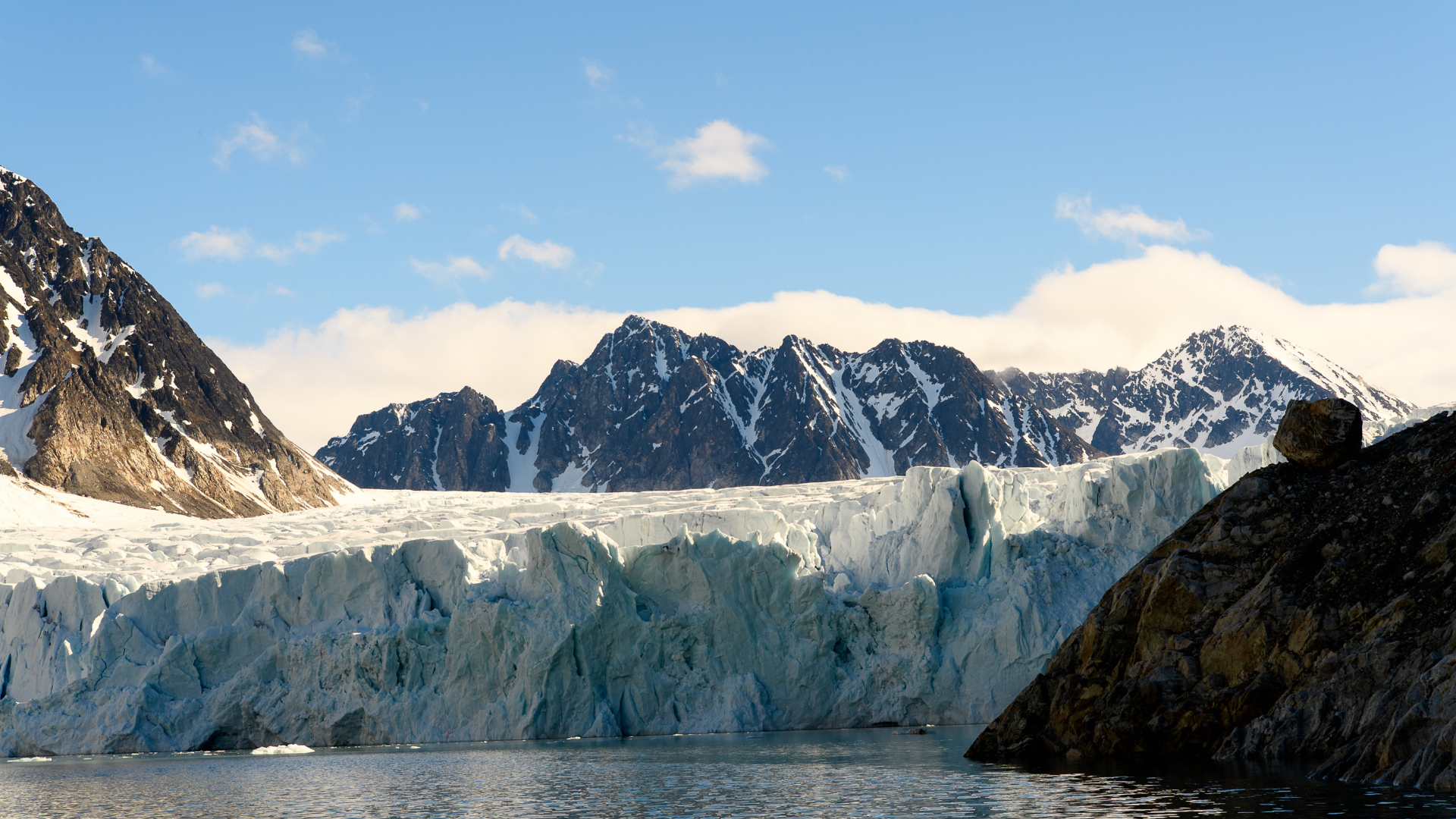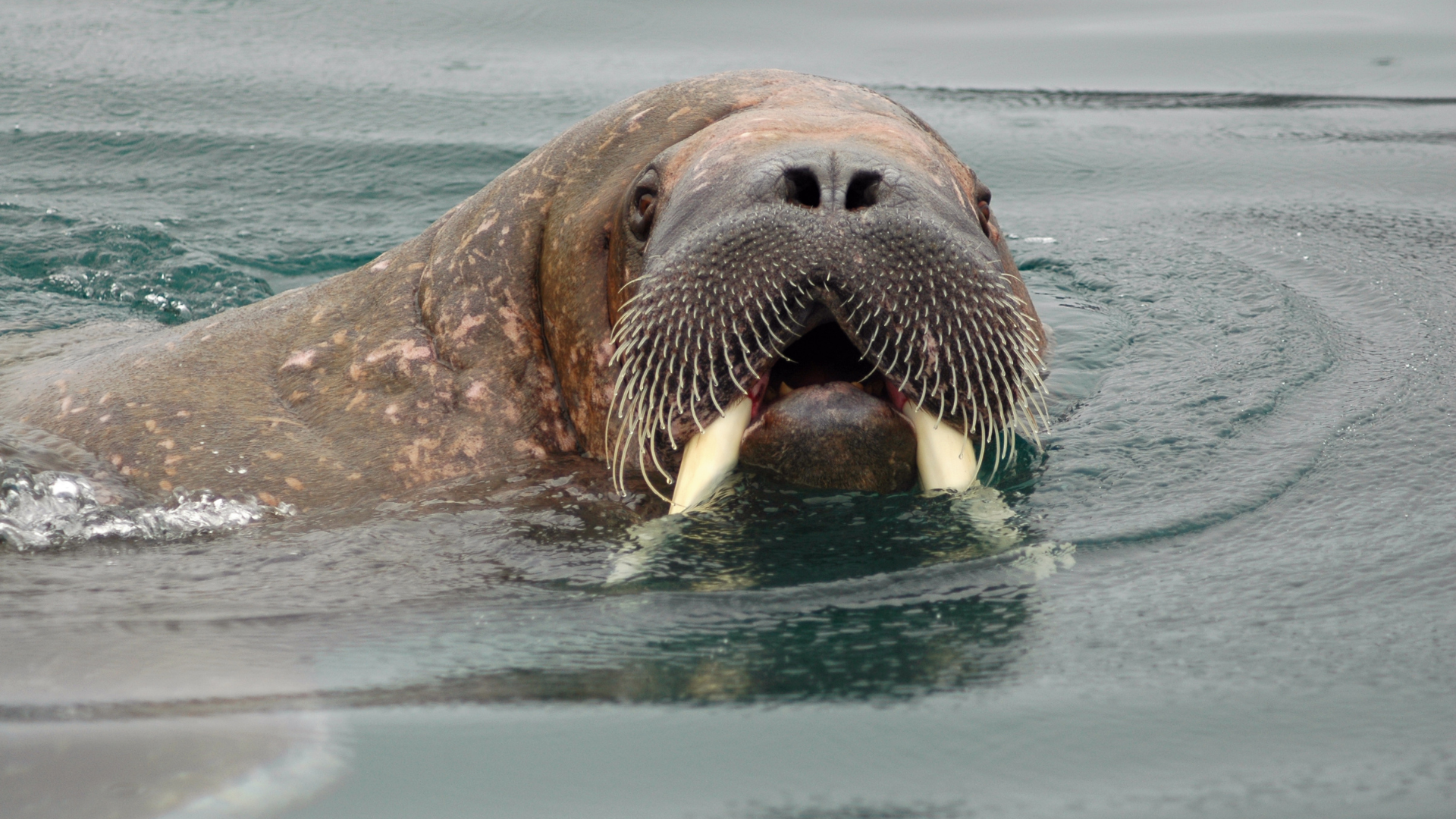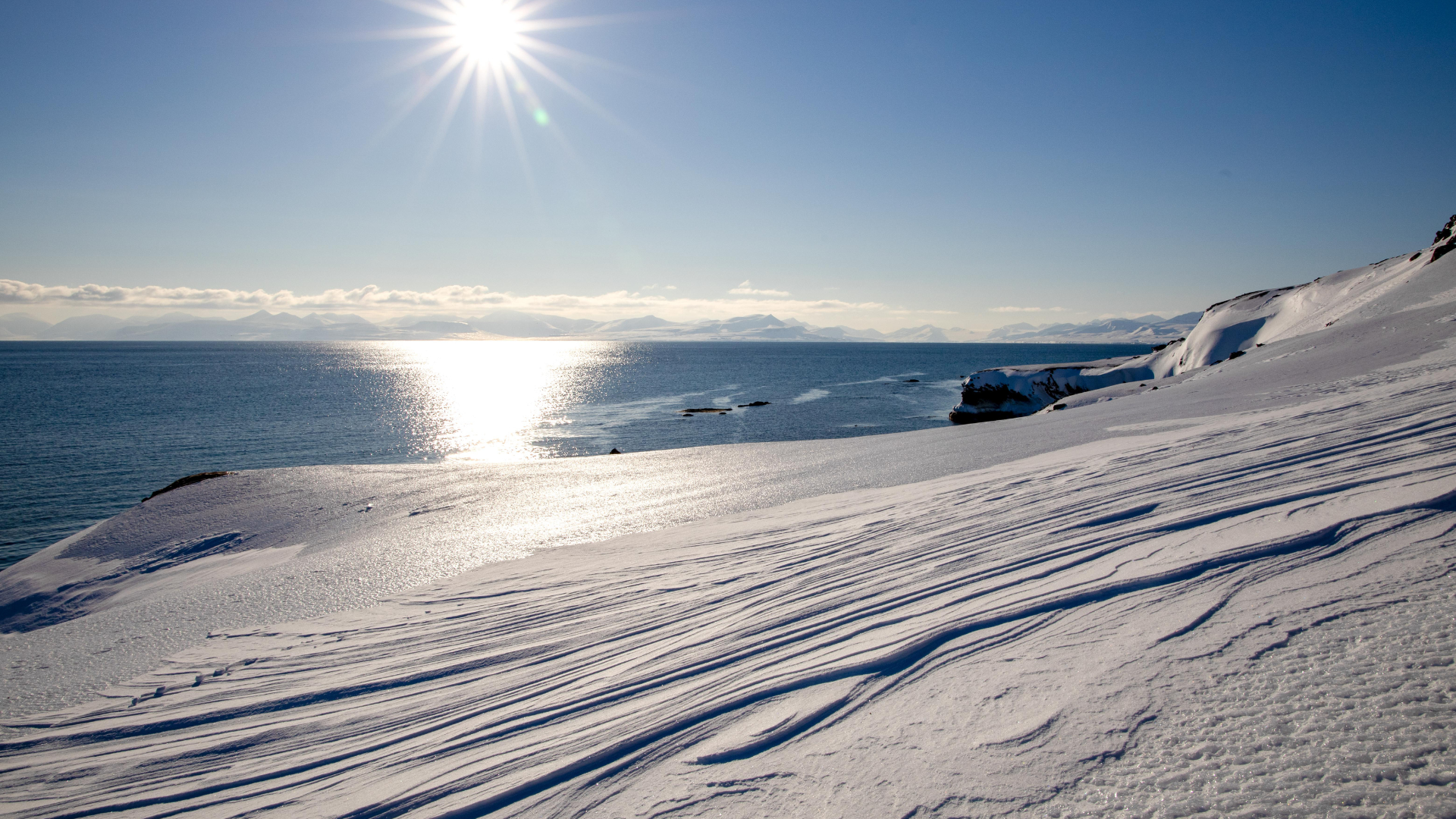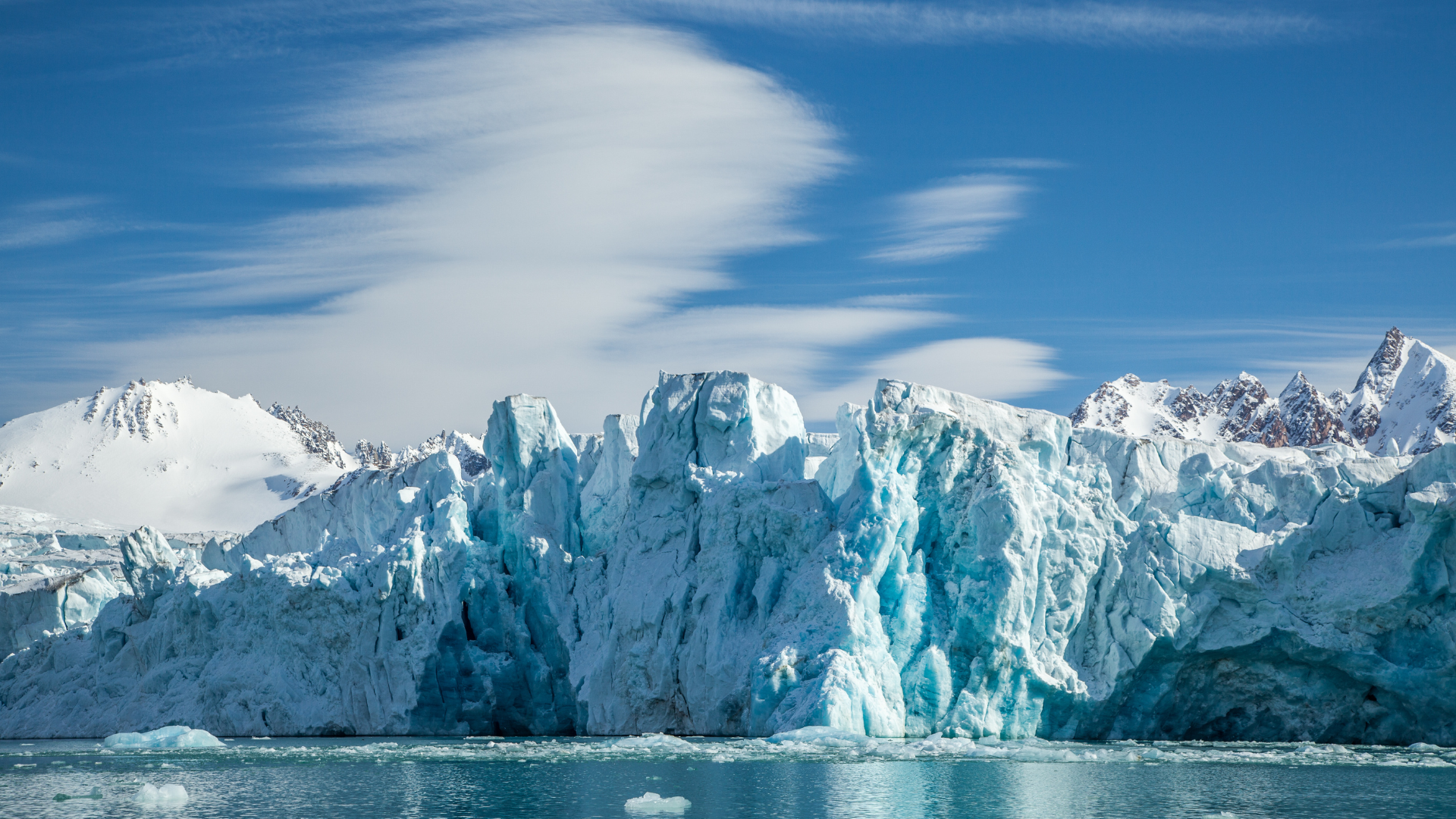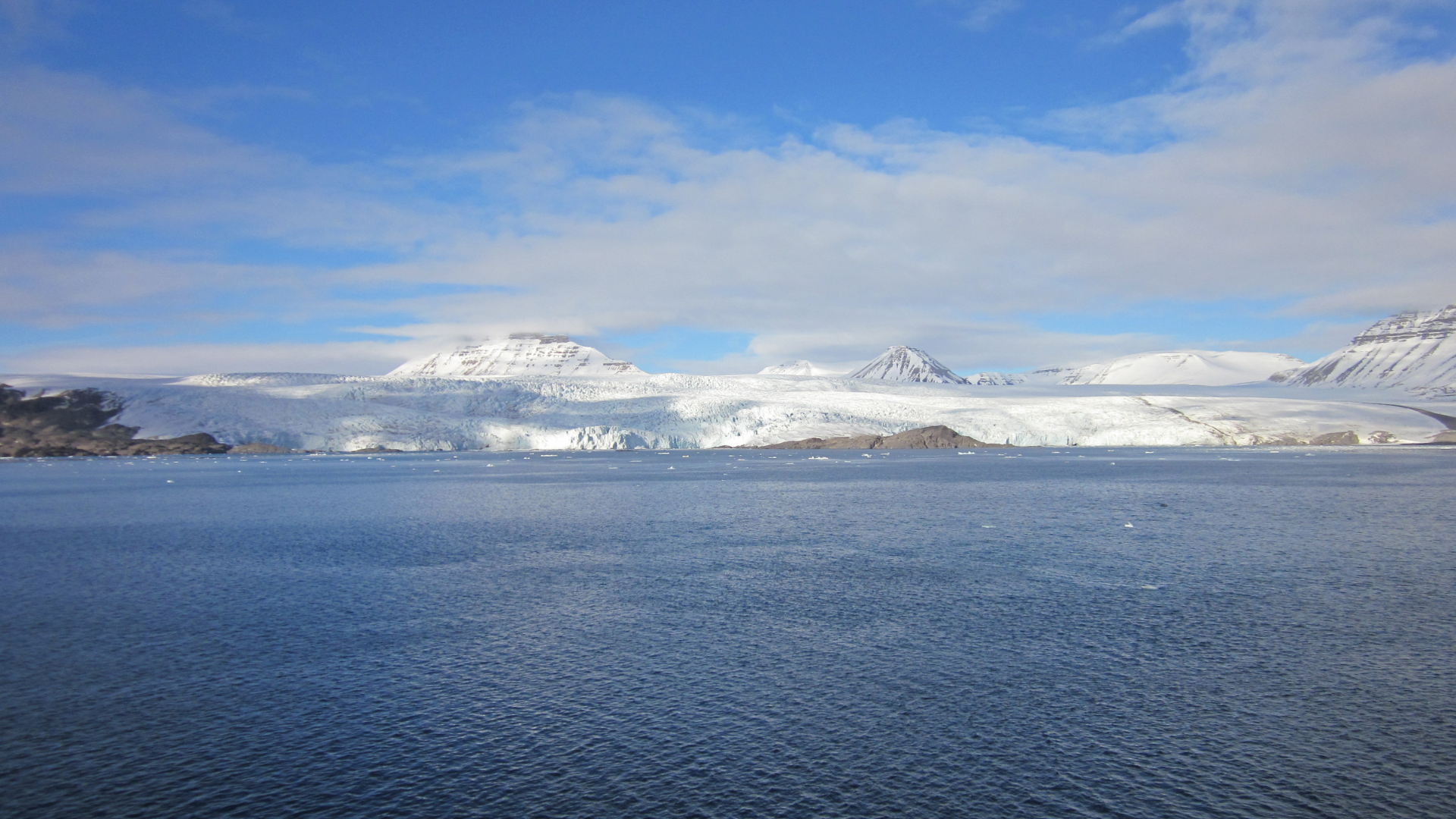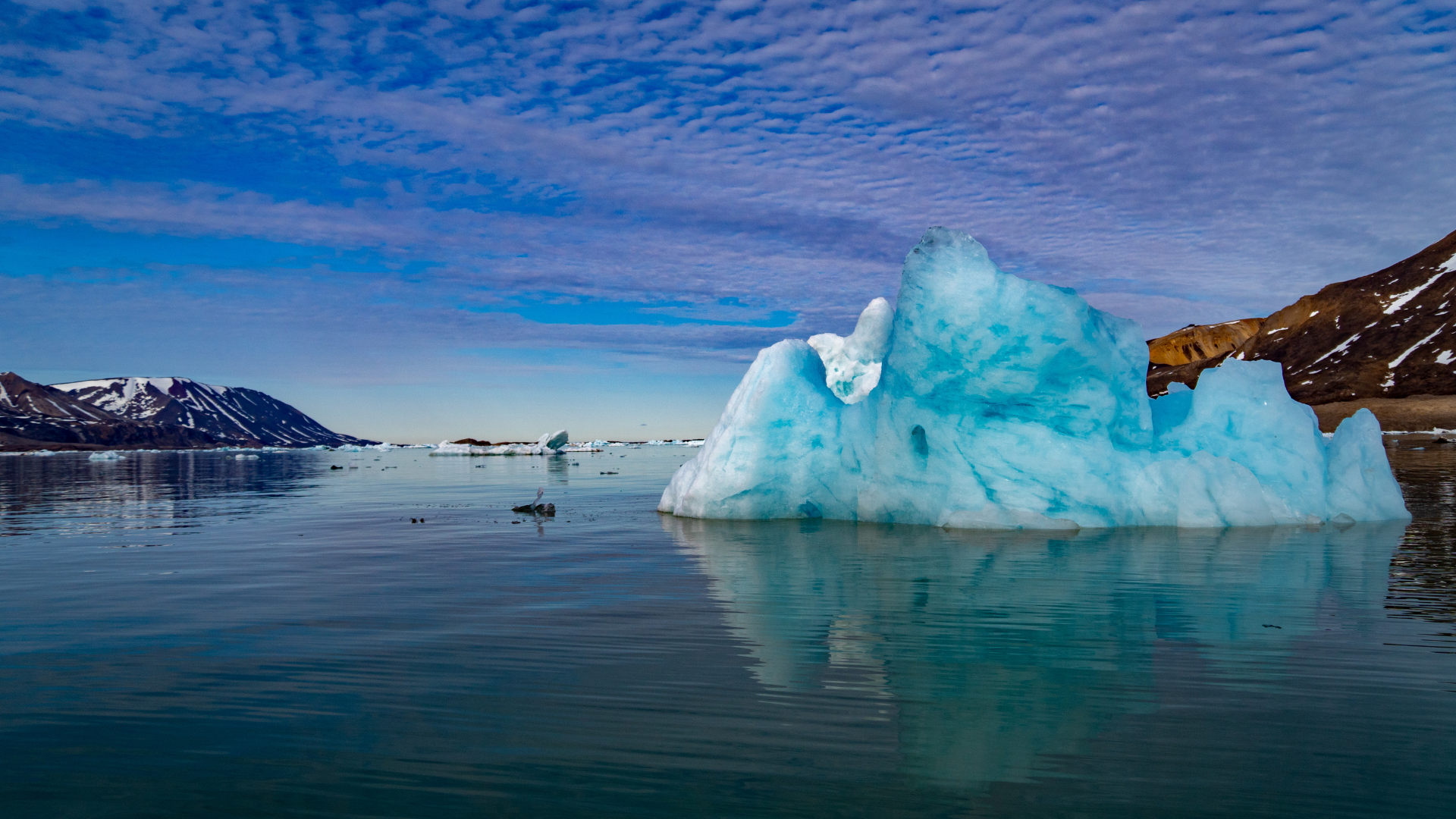Discover the Magic: Ten Northern Lights Facts in Spitsbergen
Discover the Magic: Ten Northern Lights Facts in Spitsbergen
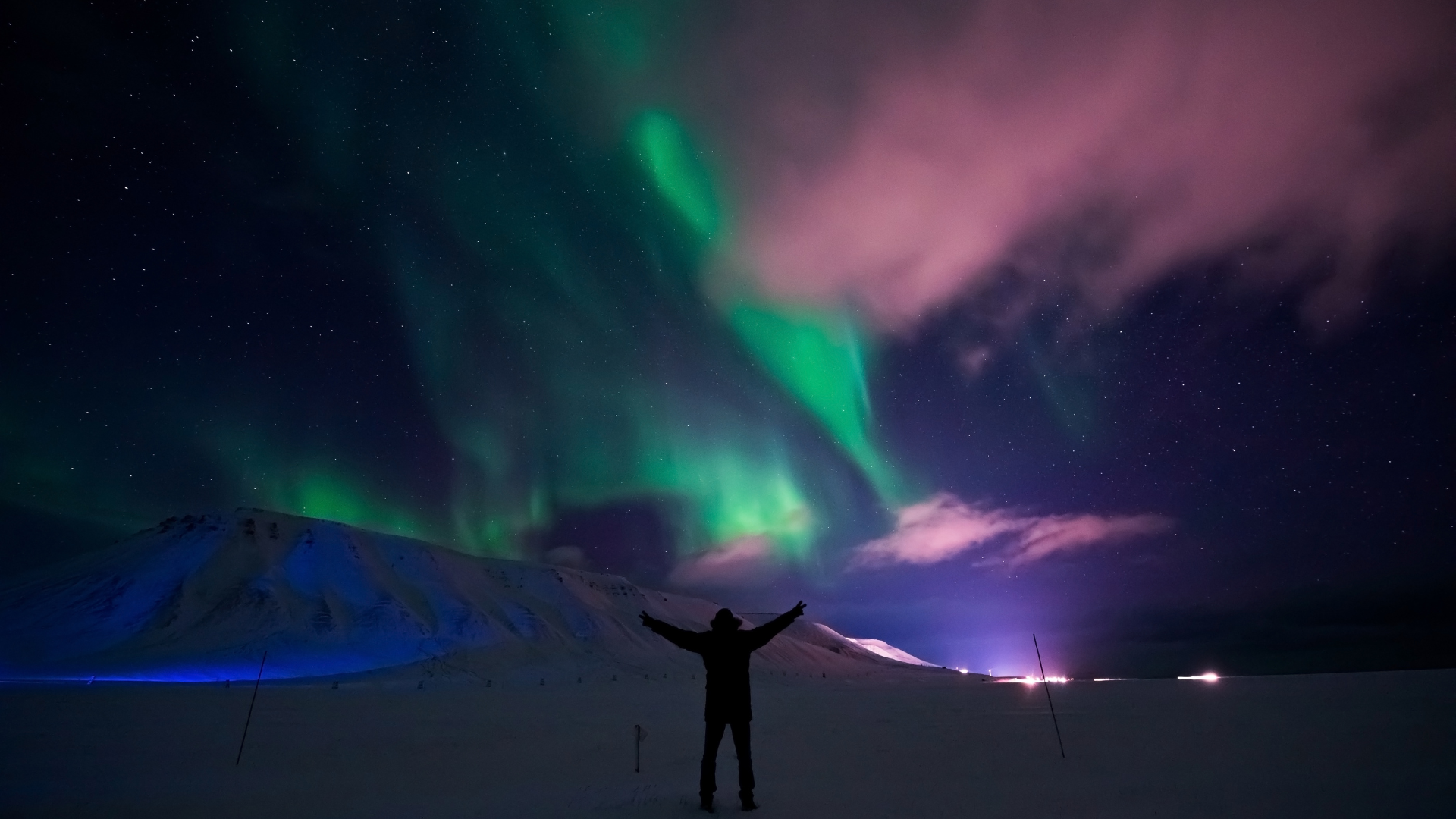
Spitsbergen, the largest island of the Svalbard archipelago, is renowned for its pristine Arctic landscapes and the mesmerizing northern lights. This natural light display, also known as the aurora borealis, captivates visitors with its vibrant colors and dancing patterns in the polar sky. Here are ten fascinating facts about the northern lights in Spitsbergen.
The geographic location of Spitsbergen is ideal for observing the aurora borealis. Located well within the Arctic Circle, it lies directly under the auroral oval, where the northern lights are most frequently visible. This makes Spitsbergen one of the best places in the world to witness this spectacular phenomenon.
Spitsbergen experiences a unique phenomenon called the polar night from mid-November to late January. During this period, the sun does not rise above the horizon, creating an extended period of darkness. This continuous twilight provides ample opportunity to observe the northern lights at any time of day or night, enhancing the chances of a successful sighting.
The clarity and intensity of the auroras in Spitsbergen are remarkable due to its high latitude and low levels of atmospheric pollution. The lights often appear in a stunning array of colors, including green, pink, red, and violet. This vibrant display against the dark Arctic sky is a visual spectacle that leaves a lasting impression on viewers.
Weather conditions in Spitsbergen play a crucial role in aurora sightings. The region’s cold, dry air and typically clear skies create optimal conditions for observing the lights. Although the weather can be unpredictable, the overall climate is generally favorable for aurora enthusiasts, making clear nights more frequent.
The science behind the northern lights is as fascinating as their appearance. The auroras are caused by the interaction between solar wind particles and the Earth’s magnetic field. When these charged particles collide with gases in the Earth’s atmosphere, they emit light, creating the luminous displays seen in the sky. Spitsbergen’s location makes it an excellent spot for scientists to study these interactions.
Visitors to Spitsbergen can enhance their aurora experience by joining guided tours. These tours often combine northern lights viewing with other Arctic activities such as snowmobiling, dog sledding, and ice caving. Experienced guides provide valuable insights into the scientific and cultural significance of the aurora borealis, enriching the overall experience.
Photography enthusiasts will find Spitsbergen a perfect location for capturing stunning images of the northern lights. The stark, snowy landscapes provide a dramatic backdrop for the auroras. Many guided tours offer tips and assistance for photographers, ensuring they can capture the perfect shot of the dancing lights in the Arctic sky.
The cultural significance of the northern lights adds an intriguing dimension to the experience. Local legends and folklore about the auroras are an integral part of the region’s heritage. Learning about these stories from indigenous peoples and long-time residents provides a deeper understanding and appreciation of this natural wonder.
Spitsbergen offers an unparalleled opportunity to witness the northern lights in one of the most remote and beautiful environments on Earth. The combination of geographical location, favorable weather conditions, and the chance to engage in other Arctic adventures makes it a premier destination for aurora enthusiasts. Whether you are a scientist, photographer, or traveler seeking the thrill of the Arctic, Spitsbergen’s northern lights are an awe-inspiring phenomenon not to be missed.
